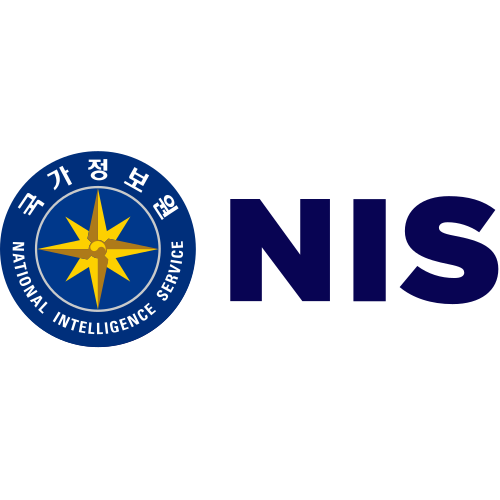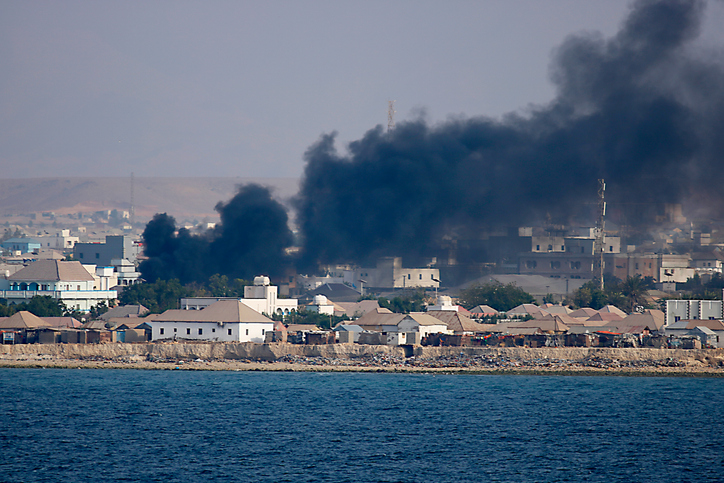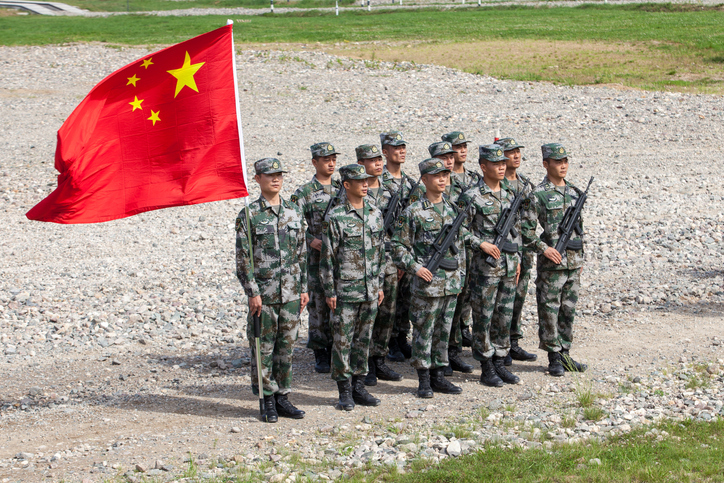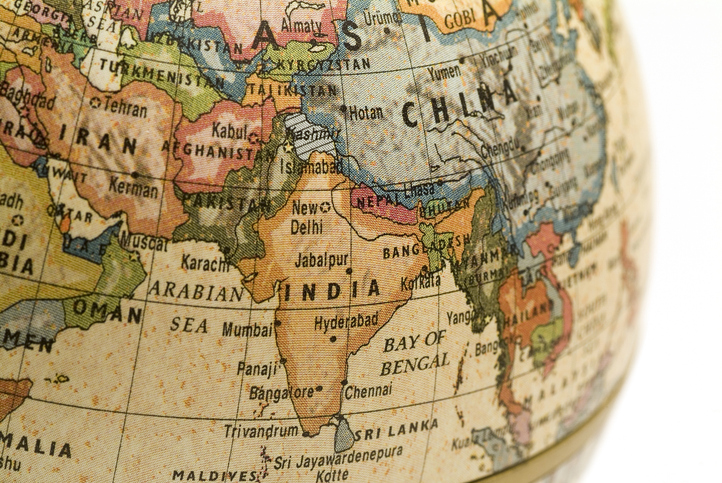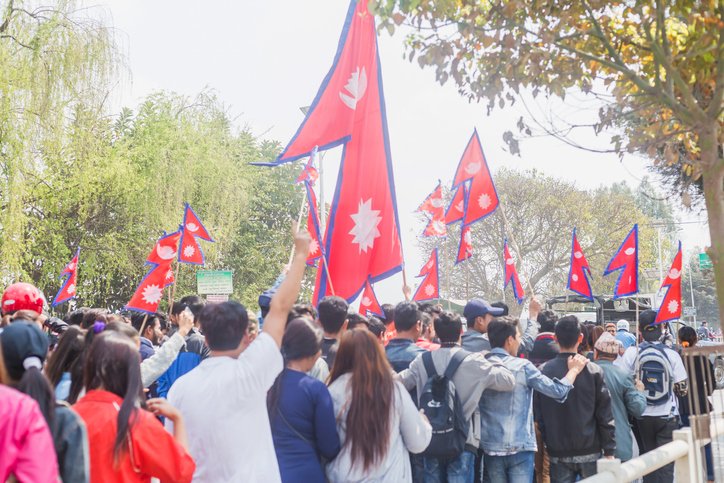
Posted On : Dec 7 2020
ISIS-Philippines: The Threat and Challenges
The emergence of ISIS-Philippines, also known as the Maute Group or Islamic State East Asia Province (ISEAP), marks a significant challenge to peace and security in the Philippines.

Rooted in the country's complex history of insurgency and Islamist extremism, ISIS-Philippines has gained global attention for its activities in the southern region of Mindanao. This article provides an overview of ISIS-Philippines, highlighting its origins, tactics, and impact.
Origins and Objectives
ISIS-Philippines traces its origins to the Maute Group, a local extremist organization operating in Mindanao. The group gained international prominence in 2017 when it laid siege to the city of Marawi. Pledging allegiance to ISIS, the Maute Group sought to establish an Islamic caliphate in the southern Philippines. Despite the fall of Marawi, the group's presence continues to pose a security threat in the region.
Tactics and Activities
ISIS-Philippines employs a range of tactics to advance its objectives, including guerrilla warfare, suicide bombings, and kidnappings. The group's activities often target security forces, government installations, and civilian areas. Their violence is fuelled by a mix of ideological motivations, local grievances, and external influences, creating a volatile environment.
Regional Impact
The activities of ISIS-Philippines have significant implications for the Philippines and the broader Southeast Asian region. The group's actions threaten national security, exacerbate ethnic and religious tensions, and hinder development efforts. The porous maritime borders in the region also allow for the potential spread of extremism to neighbouring countries.
Counterterrorism Efforts
The Philippine government, with support from international partners, has launched counterterrorism operations against ISIS-Philippines. These efforts include military campaigns, intelligence sharing, and capacity building for security forces. However, the challenge of combating the group is compounded by the rugged terrain of Mindanao and the group's ability to exploit local dynamics.
Conclusion
The presence of ISIS-Philippines highlights the complex interplay of local and global factors in shaping extremist movements. As the country works to address the security threat posed by the group, a comprehensive approach is crucial. Combining military operations with socio-economic development and addressing root causes of extremism can help reduce the appeal of groups like ISIS-Philippines and contribute to lasting stability in the region.
No Comments Added






